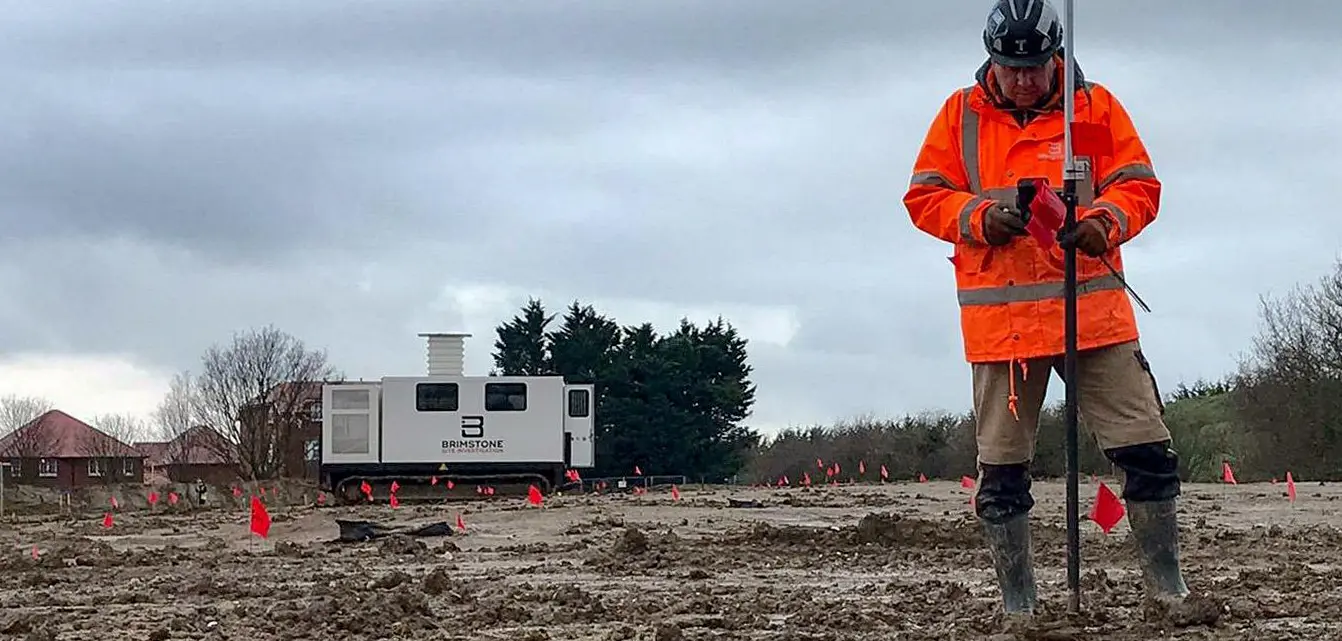UXO risk is the potential for injury or death from contact with unexploded ordnance (UXO). UXO can be found on land, underwater, and in the air. It may be hidden or in plain sight. There are many ways to reduce the risk of UXO. The first step is to identify the hazards. Once the hazards are known, steps can be taken to eliminate or minimize them.
The risks associated with UXO depend on many factors, including the type of UXO, its location, and the surrounding environment. Some risk assessments are more easily controlled than others. For example, it is easier to control the risk of UXO on land than it is to control the risk of UXO underwater.

There are four main types of UXO: anti-personnel (AP) mines, anti-tank (AT) mines, cluster munitions, and unexploded bombs (UXBs). AP mines are designed to kill or maim people. AT mines are designed to destroy vehicles. Cluster munitions release multiple smaller explosives over a wide area. UXBs are undetonated bombs that pose a danger if they explode.
All four types of UXO can be found on land, underwater, and in the air. AP mines are most commonly found on land. AT mines are most commonly found underwater; cluster munitions are most commonly found in the air; and UXBs can be found anywhere.
Awareness is key to reducing the risk of UXO. People should know where UXO may be located and how to identify it. Proper training is essential for anyone working in an area that may contain UXO. It is also important to wear protective gear when handling or disposing of UXO.